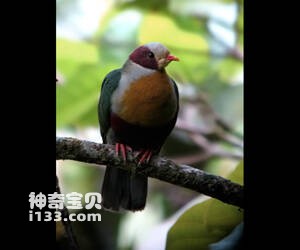
Ptilinopus occipitalis
Ptilinopus occipitalis,Yellow-breasted Fruit-dove
Its scientific name is Ptilinopus occipitalis, and its foreign name is Yello···
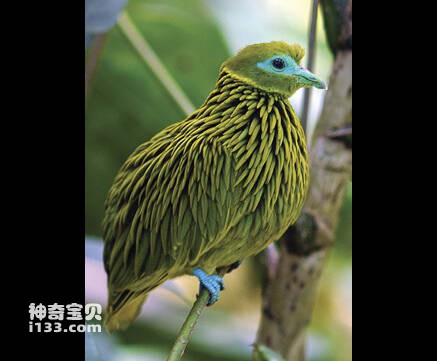
Ptilinopus luteovirens
Ptilinopus luteovirens,Golden Dove,Golden Fruit Dove
Its scientific name is Ptilinopus luteovirens, and its foreign names are Gol···
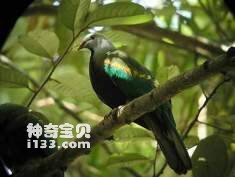
Ptilinopus magnificus
Ptilinopus magnificus,Wompoo Fruit-dove
The scientific name of the giant Fruit dove is Ptilinopus magnificus and the···
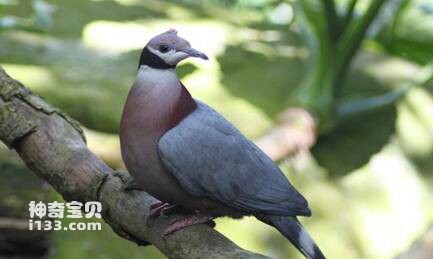
Ducula galeata
Ducula galeata,Marquesan Imperial-pigeon,Nukuhiva Imperial-pigeon
The Marquesan Imperial pigeon is known as Ducula galeata, Marquesan Imperial···
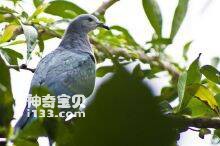
Ducula pacifica
Ducula pacifica,Pacific Imperial-pigeon
The Pacific Imperial pigeon (Ducula pacifica, Pacific Imperial-pigeon) has t···
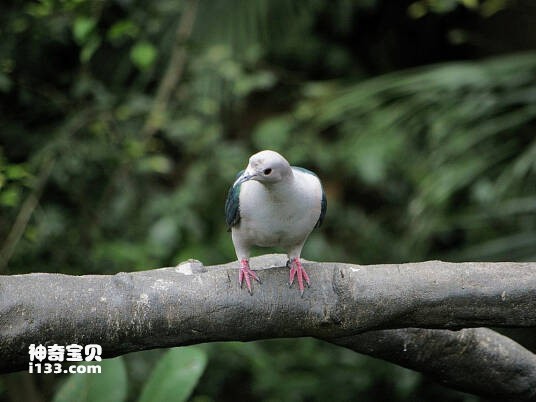
Ducula luctuosa
Ducula luctuosa,White Imperial-Pigeon
The White Imperial Pigeon is known as Ducula luctuosa or White Imperial-Pige···
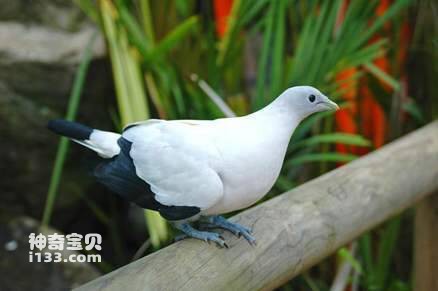
Ducula spilorrhoa
Ducula spilorrhoa,Torresian Imperial-pigeon
It is known as Ducula spilorrhoa and Torresian Imperial-pigeon.Listed in the···
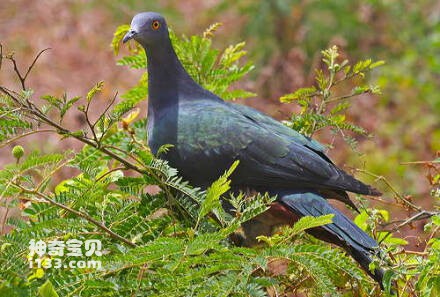
Ducula whartoni
Ducula whartoni,Christmas Imperial-pigeon
Christmas Island Imperial whartoni is known as Ducula whartoni and Christmas···
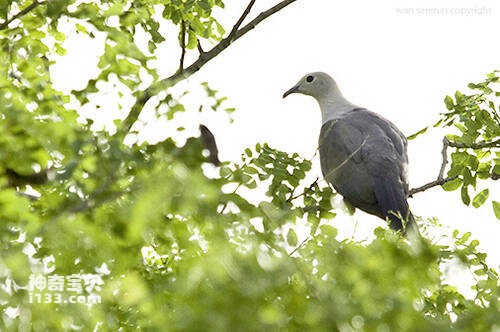
Ducula pickeringii
Ducula pickeringii
The scientific name of the Malay royal dove is Ducula pickeringii, and its s···
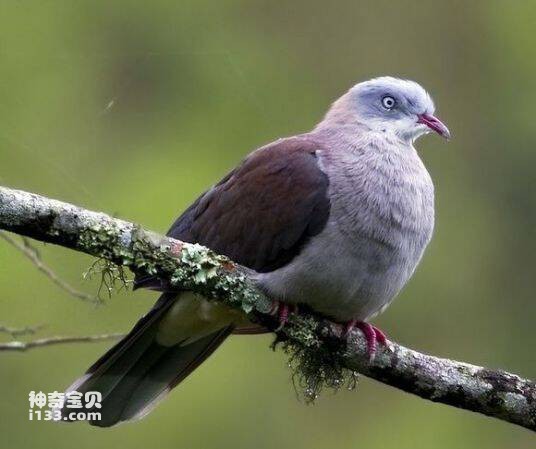
Ducula radiata
Ducula radiata,Grey-headed Imperial-pigeon
Its scientific name is Ducula radiata, and its foreign name is Grey-headed I···
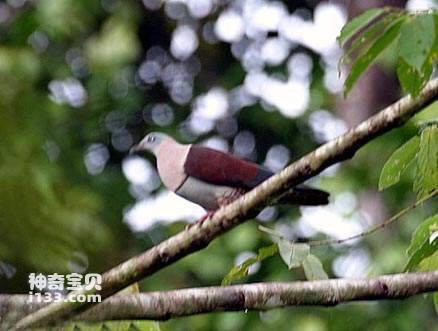
Ducula zoeae
Ducula zoeae,Zoe's Imperial-pigeon,Banded Imperial-pigeon
Scientific name Ducula zoeae, foreign name Zoe' s Imperial-pigeon, Bande···
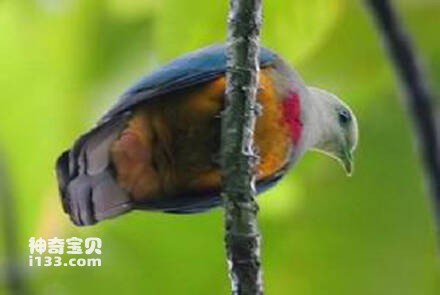
Ducula chalconota
Ducula chalconota
Its scientific name is Ducula chalconota, and its specific habits are unknow···
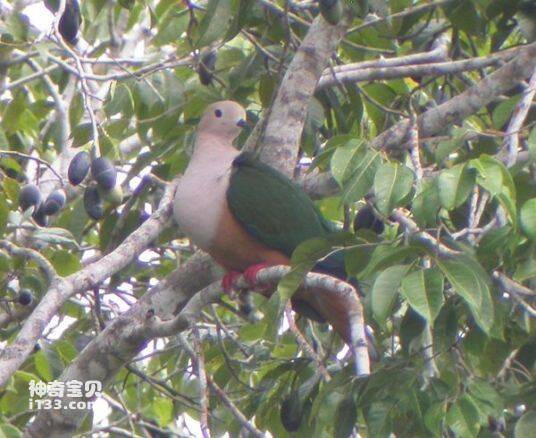
Ducula basilica
Ducula basilica,Cinnamon-bellied Imperial pigeon
Its scientific name is Ducula basilica, and its foreign name is Cinnamon-bel···
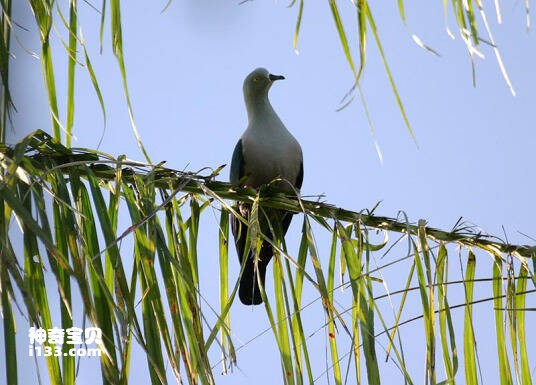
Ducula myristicivora
Ducula myristicivora,Spice Imperial-pigeon
Ducula myristicivora, or Spice Imperial-pigeon, is unknown.Listed in the Int···
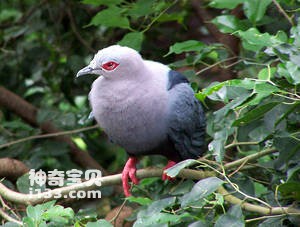
Ducula Pinon
Ducula Pinon,Pinon's Imperial-pigeon
The scientific name of the naked orbital imperial dove is Ducula Pinon, the ···
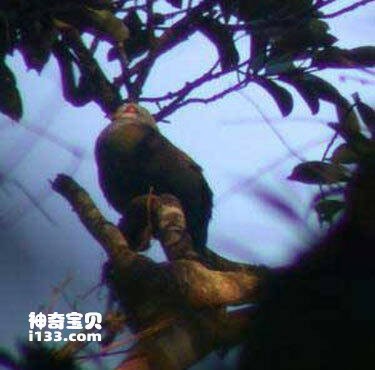
Ducula mindorensis
Ducula mindorensis,Mindoro Imperial-pigeon
The red-throated Imperial pigeon is known as Ducula mindorensis or Mindoro i···
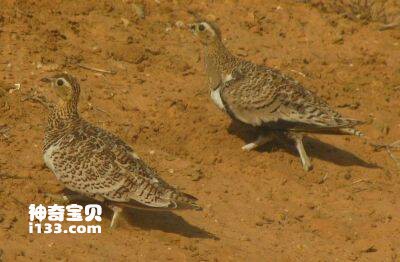
Ducula brenchleyi
Ducula brenchleyi,Chestnut-bellied Imperial-pigeon
Its scientific name is Ducula brenchleyi, and its foreign name is chestney-b···
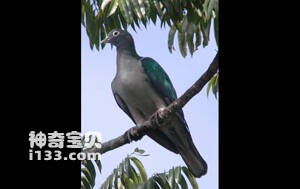
Ducula perspicillata
Ducula perspicillata,White-eyed Imperial-pigeon
The turtle's scientific name is Ducula perspicillata, and its foreign na···
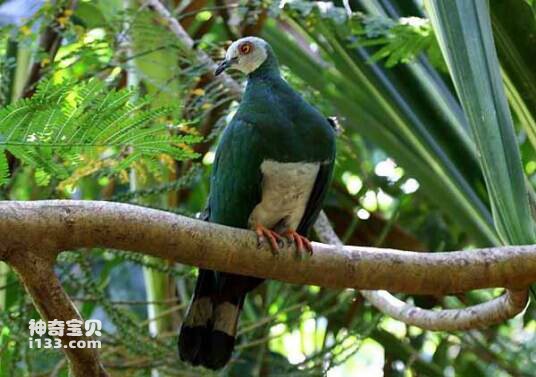
Ducula forsteni
Ducula forsteni,White-bellied Imperial-pigeon
Its scientific name is Ducula forsteni, and its foreign name is White-bellie···
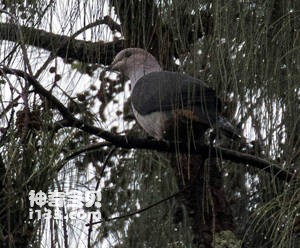
Ducula lacernulata
Ducula lacernulata,Dark-backed Imperial-pigeon
Its scientific name is Ducula lacernulata, and its foreign name is Dark-back···
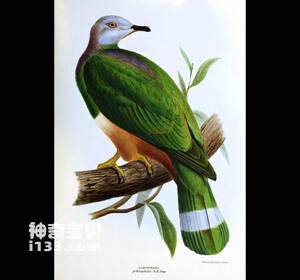
Ducula poliocephala
Ducula poliocephala,Pink-bellied Imperial-pigeon
The red-bellied Imperial pigeon is known as Ducula poliocephala or Pink-bell···
